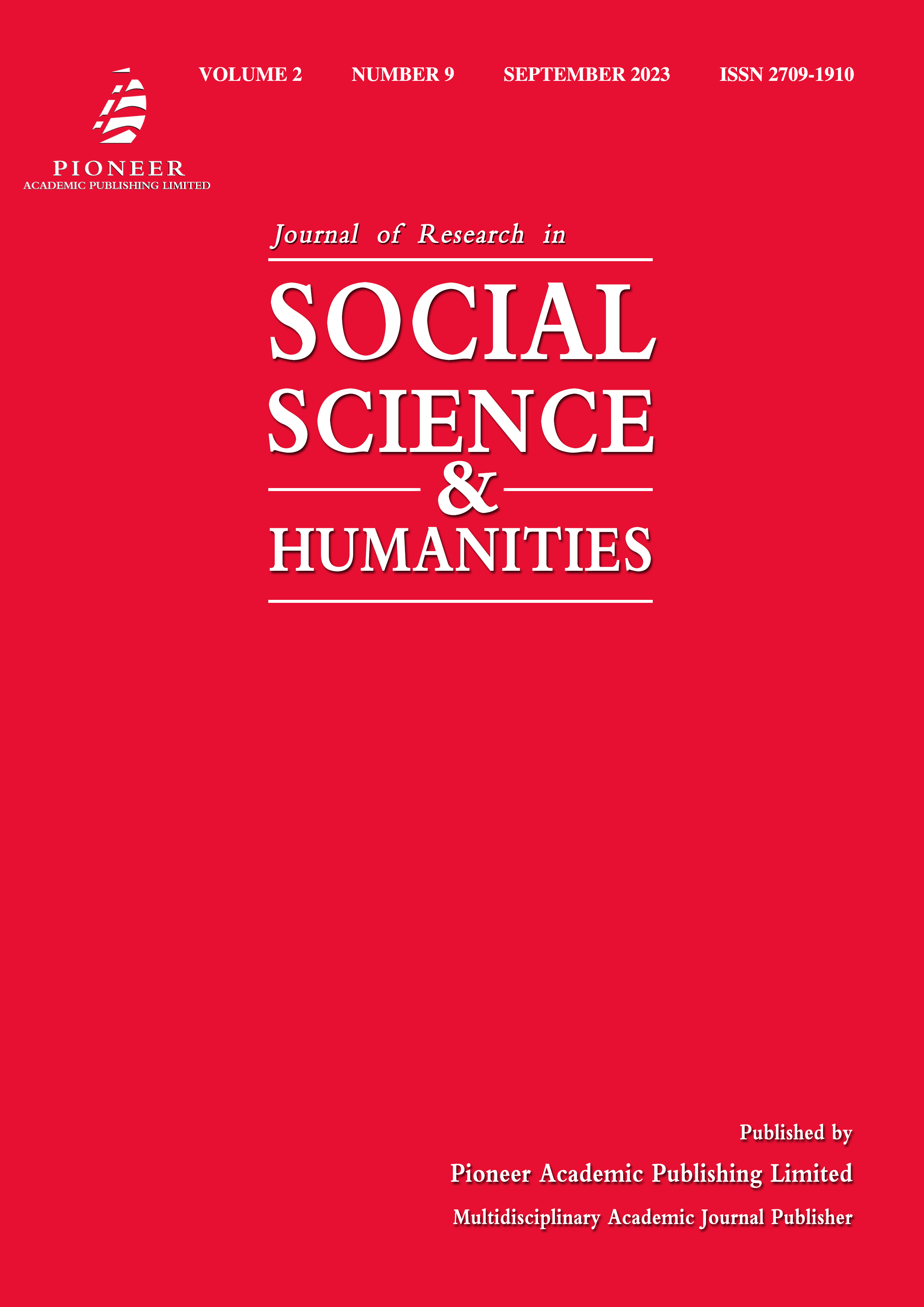Architectural AI Design Based on Fused Text and Image Data in the Context of a Carbon-Silicon World
Keywords:
carbon-based world, silicon-based world, architectural AI designAbstract
Carbon-based refers to the real environment of the physical world, while silicon-based refers to the digital virtual environment composed of computers. This paper discusses the relationship between the virtual environment and the real environment, as well as the influence of the meta-cosmic wave on the architectural design of real life. The world is changing rapidly, civilization is virtualizing rapidly, and the fate of cities is beginning to deviate from the historical track of certainty. How does the future arrive? How do individuals live? It involves such challenging ideological issues as urban decay, co-base strategy, humanistic revival, nature and urban-rural mixing, local resistance to the globalized meta-universe, architects’ new workspace and the reconstruction of meaning system. In the carbon-based world on which our bodies depend, the carrying capacity and transmission efficiency of information is extremely low compared to the silicon-based world, which is its obvious shortcoming. Human civilization was originally organized by physical space. All events depend on a specific container of carbon-based space. And silicon-based space is obviously a more advanced tissue container, a more efficient event trigger. It can easily bring people together virtually, bringing countless organizational possibilities for meeting, communicating, and cooperating.


